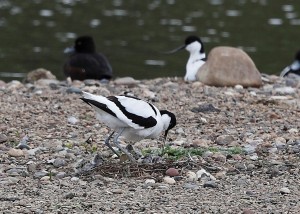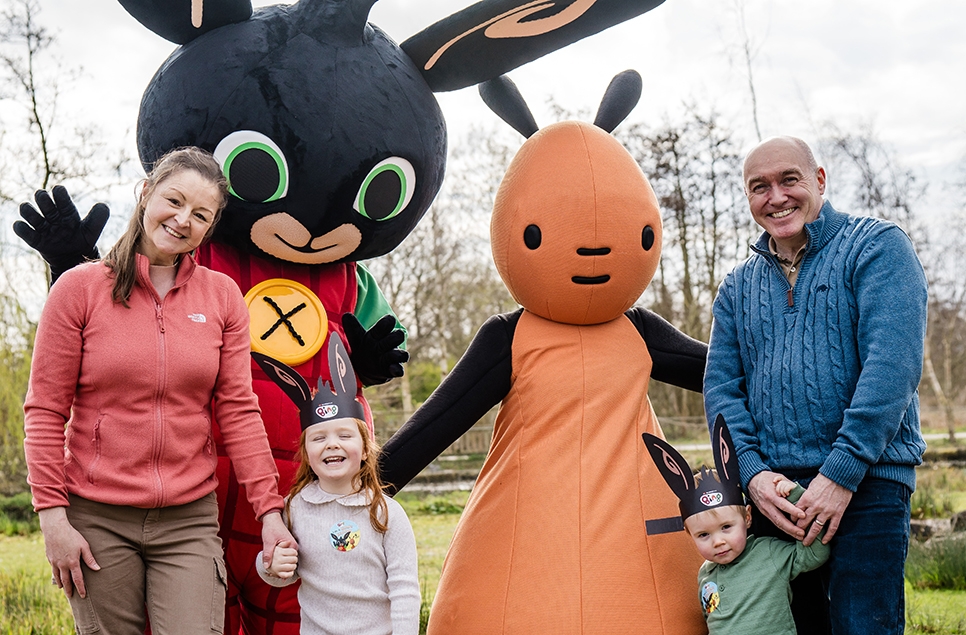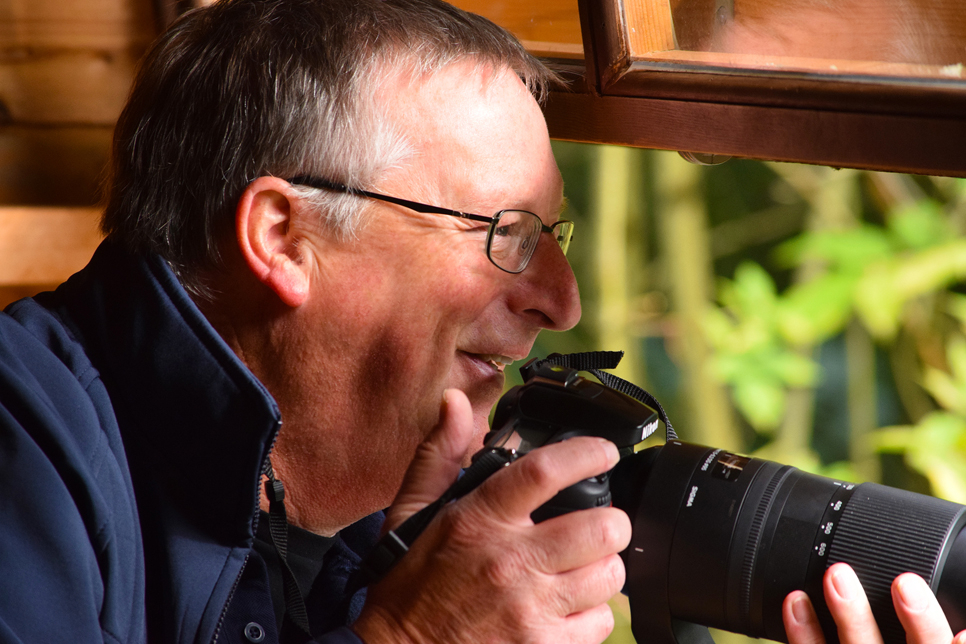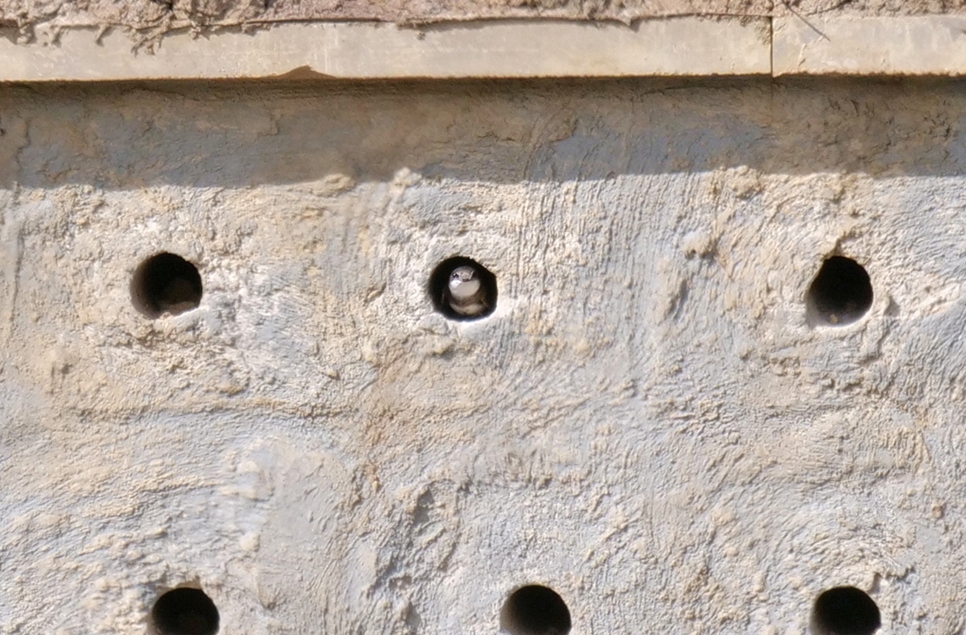Oooh, avocet another new record!?
A bird which made local wildlife history when it hatched chicks on Wearside for the very first time looks set to break yet another record at WWT Washington Wetland Centre.

Four pairs of avocet are currently nesting on the centre’s Wader Lake – the largest number in the site’s 37-year history – with the first clutch of chicks already hatched and beginning their first forays into the water.
The remaining three clutches will hatch in the next two weeks and if all are successful, it will be a new record for both WWT Washington and the area.
Avocets first nested at the wetland reserve in 2006 and hatched two chicks that July, the most northerly UK hatching ever recorded at that time.
The striking black and white waders have bred successfully every spring since, and in April 2010 a second pair briefly appeared on the water but was soon chased off by the territorial original residents, which were already nesting. Then, in 2011, two pairs settled and produced young.
Marketing manager Leanne McCormella said: “This is brilliant news and clearly demonstrates the importance of wetland habitat in supporting rare wildlife.
“Our staff and volunteers work very hard to maintain Wader Lake so that it is attractive to wading birds; for example, by creating mudflats rich in invertebrates for them to feed on and by suppressing vegetation on the islands using recycled Astroturf, to produce better potential nesting sites.
“They also faced a battle with the elements last week, when heavy rain threatened to flood the avocets’ nests, but a sluice gate in the lake allowed us to alter the water levels and avoid disaster.
“The first avocets arrived on 2 March, with seven dropping in at once – the earliest return they’ve ever made and the most we’d ever had on site at the time. Over the next few days their numbers fluctuated between six and nine but eventually, eight birds settled into pairs and began mating and nesting.
“Providing they have a successful nest, avocets become loyal to the same site for their entire lives, so hopefully all four pairs will hatch healthy chicks and continue returning to WWT Washington for many years to come.
“Our common tern colony, which shares the island with the avocets, has also begun to return to breed and these feisty birds help the avocets ward off predators, such as the hungry young grey herons fledging right now from the tree tops just above them!”
The avocet was declared extinct as a breeding bird in the UK in 1842 but began to recover in 1947, colonising areas of wetland on the south and east coasts of England. Until their arrival at WWT Washington in 2006, the nearest breeding pairs were in Teesside and Yorkshire, with fewer than 900 pairs in the UK. In May 2011, two chicks hatched at Northumberland Wildlife Trust’s Cresswell Pond reserve, making it the UK’s most northerly breeding site.
The distinctive waders, with their elegant upwardly-curving beaks, are particularly renowned for their unique behaviour when, after copulation, the male puts one wing around the female and they run forward together with their bills crossed.
Visitors can watch the avocets from the four hides at Wader Lake and also via CCTV from Waterside Cafe.
Did you know?...
There are four species of avocet within the genus Recurvirostra – the pied, the American, the Andean and the Red-necked.
The avocets at WWT Washington are pied avocets or Recurvirostra avosetta, which translates as “with beak bent back”.
They swim and up-end like ducks to catch prey in their unusually curved beak; feeding on aquatic insects, larvae, crustaceans and worms.
Avocets nest in shallow scrape, with short pieces of stem, roots and leaves of marsh vegetationadded to form the rim and lining. Clutches are usually of three to four eggs, with incubation taking 23 to 25 days. The fledgling period is 35 to 42 days.
The avocet is a Schedule 1 protected species and anybody convicted of taking, injuring or killing an avocet or damaging its nest, eggs or young faces a fine of up to £5,000 and/or six months in prison.
The avocet also features on the Amber List of UK birds of conservation concern, due to its localised distribution in Britain and elsewhere in Europe.


